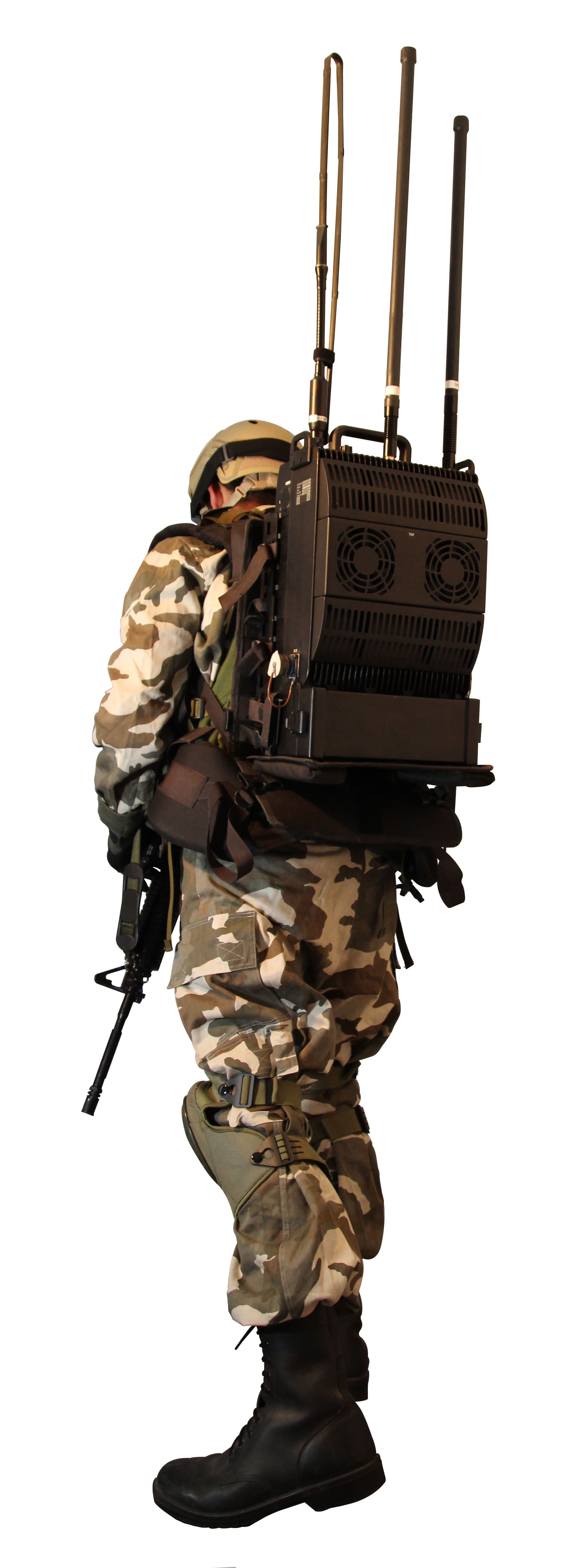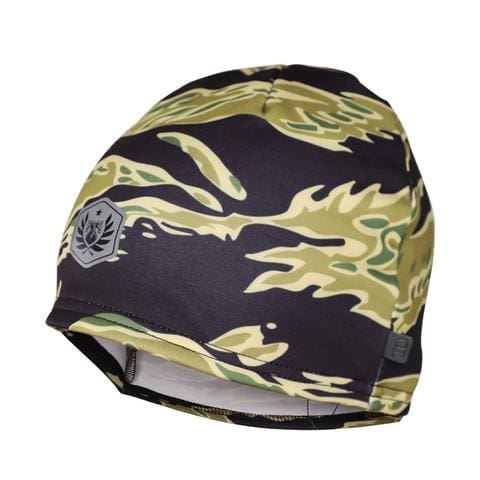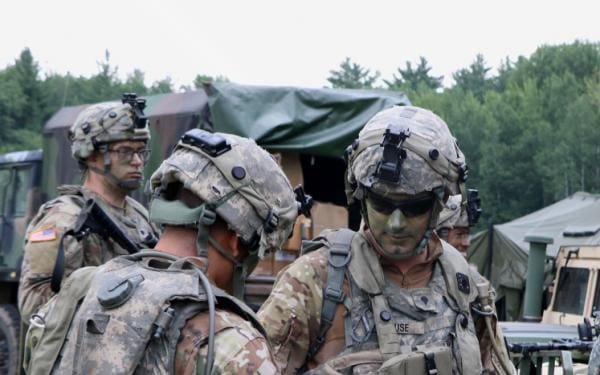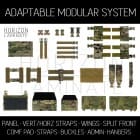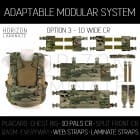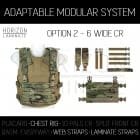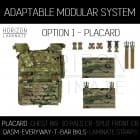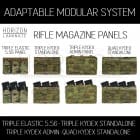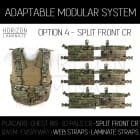The Helix Personal Escape System is a modular, lightweight and low volume micro rope system that gives users the capability to quickly descend or egress from a position. The system can be used for both personal descents, and to lower a single operator or load. This system has been specifically designed for military, law enforcement and emergency personnel to perform an emergency escape across all environments and operational theatres. The system has been designed for fast deployment, intuitive to use and have minimal training burden. The system contains the necessary equipment to do the following:
• Construct anchor points in a wide number of environments using a minimal amount of equipment.
• Protect the rope from damage.
• Descend or lower personnel up to 23m.
• Ascend the rope.
 The system is certified to EN 341:2011/2D European standard for descent systems and ANSI Z359.4-2013 American standard for fall protection and fall restraint and has also passed additional, harsher testing that simulated worse case scenarios with heavily laden operators.
The system is certified to EN 341:2011/2D European standard for descent systems and ANSI Z359.4-2013 American standard for fall protection and fall restraint and has also passed additional, harsher testing that simulated worse case scenarios with heavily laden operators.
Key Features
• System contains a pre-rigged descent/lowering system. This uses 23m of 5.5mm heat resistant aramid rope with a rigging carabiner, a rope protector and an auto-locking load limiting rope controller all attached and ready to deploy.
• Extra rigging equipment included: An ANSI rated rescue hook and aramid sling that increase the options for creating safe anchor points.
• Ascent system: A rope ascender with an integral pulley pre-rigged onto a carabiner and foot loop that together allow the user to ascend the rope. The system supplied allows a fast transition between descent, ascent and back again.
• Storage/carriage: The system is packed in a molle pouch solution that integrates with current issue webbing. The components are supplied vacuum packed inside the pouch system to minimise maintenance and protect the components from the elements prior to initial use.
• Train the Trainer and Train the Operator courses are available to support the product.
Testing
• The descent system was tested to assess functionality at 40°C – the system performed as normal and the heat did not affect performance or operation.
• An unsealed descent system was submerged for 2 hours at a depth of 10m and then tested to assess functionality

For more information contact warrior@brigantes.com
For international enquiries: international@brigantes.com



